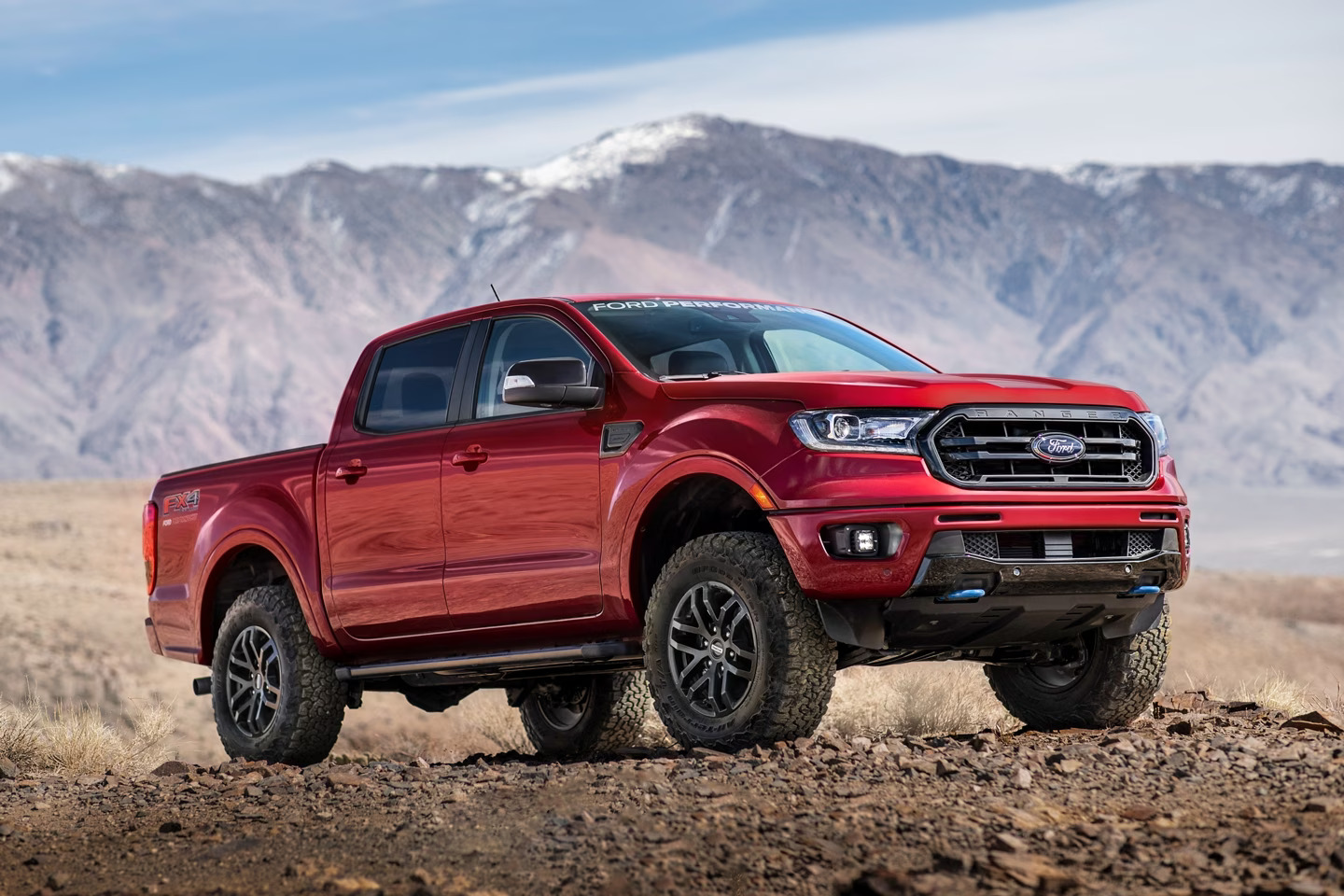When shopping for a truck that will last a lifetime, most people focus on engine performance, towing capacity, or interior features. However, the real foundation of a long-lasting pickup lies in something often overlooked: the frame. The frame is the structural skeleton of the truck — everything is built on it.
If it fails, the vehicle becomes unsafe and often not worth repairing. While some components can be replaced or repaired over time, a rusted or structurally compromised frame is usually a death sentence for a vehicle. This is why choosing a truck with a solid, long-lasting frame is crucial.
Rust is the number one enemy of any vehicle’s frame, and it doesn’t care how powerful your engine is or how advanced your tech package might be. Rust begins subtly — often out of sight — and works its way through weld points, suspension mounts, and structural beams.
Over time, untreated or poorly protected frames can rot from the inside out. For drivers in colder climates where roads are salted during winter, this becomes an even greater risk. It’s not just about aesthetics — corrosion can compromise safety, handling, and towing capacity.
The good news is that not all trucks are equally vulnerable. Some manufacturers have gone to great lengths to design frames that resist rust, using high-strength steel, boxed-frame designs, and advanced anti-corrosion treatments. These trucks are built to last through brutal winters, muddy job sites, and years of heavy use.
Many of them are still seen on the road decades after they were first sold — often with well over 200,000 miles on the odometer. That kind of structural integrity speaks volumes about the engineering behind these vehicles.
However, there’s also a darker side. Certain trucks — even from well-known brands — have earned reputations for frame rot and premature corrosion. In some cases, this stems from poor design decisions like open-channel frames that trap moisture and debris. In others, it’s due to subpar coatings or a lack of rust prevention efforts from the factory.
Even trucks with strong engines and otherwise reliable performance can become ticking time bombs when their frame begins to degrade. And worse, these issues often don’t show up in flashy marketing brochures or online spec comparisons.
In this article, we’ll explore both ends of the spectrum. We’ll first examine five trucks that are famous for their nearly indestructible frames, vehicles that you can count on for the long haul — even in harsh conditions.
Then we’ll dive into five trucks that, while potentially appealing at first, are known for rusting to pieces long before their time. Whether you’re a seasoned truck owner, a first-time buyer, or simply someone planning a long-term investment, this guide will give you the insights needed to choose a pickup that won’t crumble underneath you.
Also Read: 5 Cars With Legendary Brakes and 5 With Infamous Stopping Power
5 Trucks With Virtually Indestructible Frames
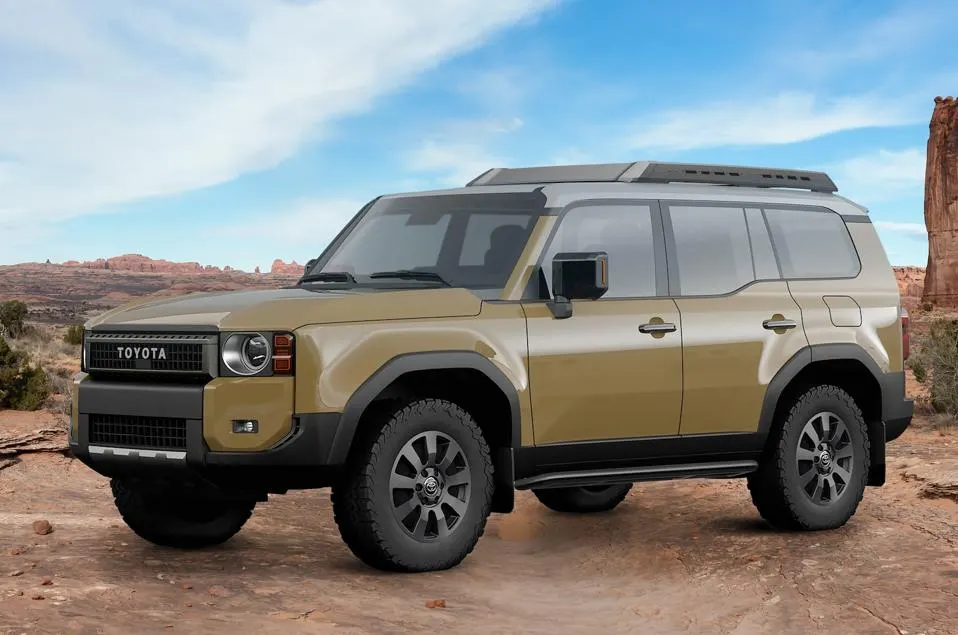
1. Toyota Land Cruiser (Post-2011)
The Toyota Tacoma has a long-standing reputation for durability, and one of the biggest reasons behind that is its rugged frame. After a highly publicized frame rust recall that impacted earlier models, Toyota made major changes starting around 2011.
These included galvanized steel, improved drainage holes, and better anti-corrosion coatings. As a result, newer Tacomas are much more resistant to the kinds of frame rust that plagued older models.
The frames in post-2011 Tacomas are fully boxed, which gives them significantly more torsional rigidity and strength than older open C-channel designs. This boxed design prevents the frame from flexing under load and reduces the accumulation of moisture and salt in vulnerable areas.
The result is a frame that can handle off-road abuse and remain structurally sound over time. Global versions of the Land Cruiser pickup — used in remote regions for military, agriculture, and humanitarian work — are built on similar principles of overengineering.
They’re built to be virtually indestructible, often surviving in environments that would destroy lesser trucks. This DNA is clearly present in the Tacoma, making it a favorite not just for daily driving, but for serious off-roading and long-term ownership.
Beyond its frame, the Tacoma benefits from a simple and time-tested powertrain, making the truck easier to maintain. But what really elevates the newer Tacomas is their ability to stay structurally intact while other vehicles rust out or require welding repairs. That’s critical when you consider how expensive and complicated full-frame repairs can be.
Whether you’re driving across rocky trails or salty winter roads, the Tacoma’s post-2011 frame is up to the task. It’s one of the few mid-size trucks that you can buy today and confidently expect to be on the road 15–20 years from now, assuming proper maintenance and care.
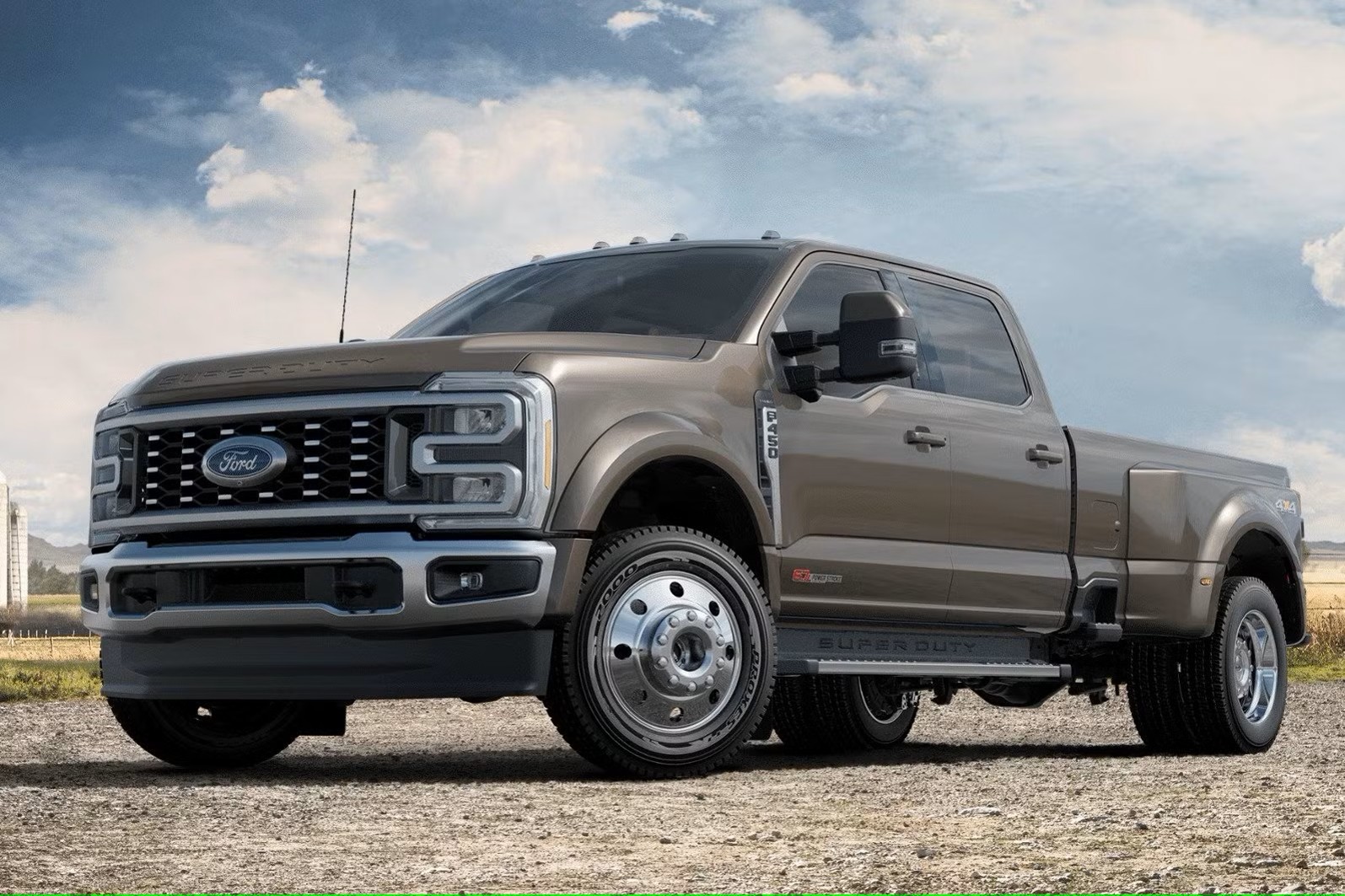
2. Ford Super Duty (F-250 / F-350, 2005–Present)
Ford’s Super Duty trucks are built to perform under extreme conditions, and their frame design reflects that mission. These trucks use massive, fully boxed steel frames designed to carry heavy loads and tow immense trailers without compromising structural integrity. From construction sites to commercial fleets, the Super Duty line has become synonymous with toughness.
One standout feature is the hydroformed frame rails, which provide both strength and precision fitment. This reduces flex and ensures that suspension and drivetrain components stay properly aligned, even under constant stress. Ford also uses robust crossmembers and high-tensile steel to increase resistance to bending and corrosion.
Rust resistance has also improved significantly over the years. From 2005 onward, Ford introduced better undercoating practices and weld sealing to reduce the risk of moisture intrusion.
Later models incorporate factory-applied anti-rust treatments and better drainage design, especially around common trouble areas like bed mounts and rear frame sections.
While no truck is immune to rust if neglected, Super Duty owners who perform regular undercarriage washes in winter tend to enjoy exceptional frame longevity. Even in the harshest climates, these trucks hold up structurally for well over a decade with minimal degradation.
For drivers needing long-term reliability with maximum hauling capability, the Super Duty line offers both muscle and durability. These frames are built to survive — and thrive — in conditions that would reduce lesser trucks to scrap metal.
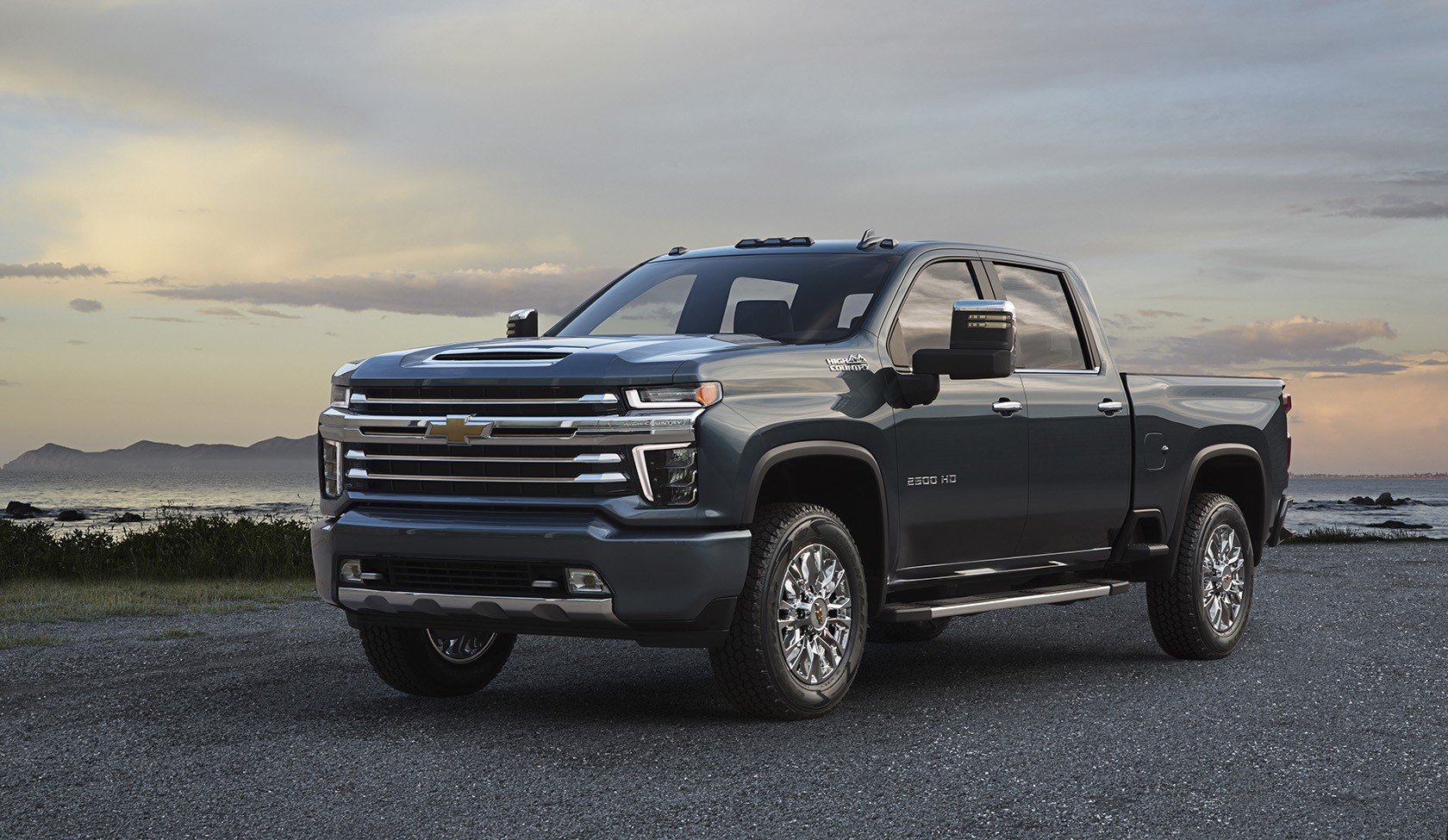
3. Ram 2500 / 3500 Heavy Duty (2010–Present)
Ram made substantial improvements to its heavy-duty truck lineup starting in 2010, and one of the most important upgrades was to the truck’s frame structure.
These models feature high-strength, hydroformed steel frames with boxed rear rails that provide improved rigidity and load-bearing capability. Unlike earlier Dodge models, which had open C-channel frames prone to flex and rust, these newer designs are far more robust.
A critical strength of the Ram HD frame is how well it resists torsional twisting, especially under towing or uneven load conditions. The boxed and reinforced design gives the truck superior control over payload distribution and stability while reducing long-term fatigue. This is especially important for contractors, ranchers, and anyone regularly hauling heavy gear or equipment.
Another reason Ram HD trucks shine is their enhanced factory corrosion protection. The frame is coated in multiple layers of rust-resistant treatment, and the critical weld zones are sealed to keep moisture and salt out. Drainage points are placed strategically to ensure that mud and slush don’t build up in problem spots.
In real-world usage, the Ram 2500 and 3500 trucks have proven themselves time and again. These trucks are frequently used for heavy-duty hauling and off-road applications, and yet many owners report strong frame integrity after 200,000 or even 300,000 miles.
The heavy-duty suspension and crossmember layout also ensure that these trucks don’t develop the sag or alignment issues that can plague weaker frames.
If you’re looking for a truck that blends diesel power, high payload capacity, and long-term structural integrity, the Ram HD lineup from 2010 onward offers a dependable solution. It’s a vehicle you can invest in for the long haul — literally and figuratively.
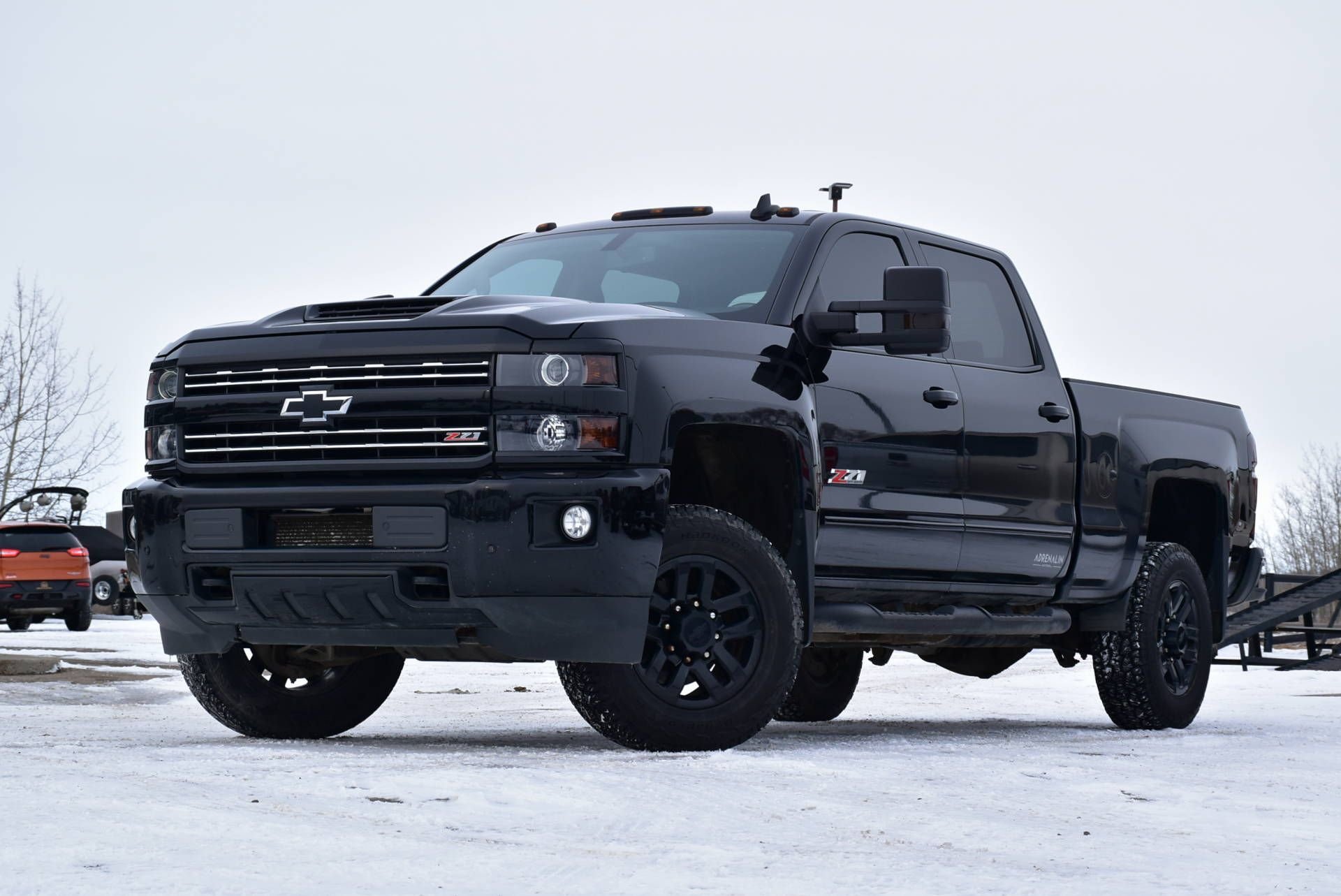
4. Chevrolet Silverado 2500 / 3500 (2011–2019)
When Chevrolet introduced the new generation of Silverado HD trucks in 2011, it brought with it a serious frame upgrade. The 2500 and 3500 models from this era use a fully boxed frame with enhanced steel composition designed for extreme-duty applications.
With increased torsional rigidity and reduced frame flex, these trucks set a new standard for GM’s work-oriented pickups. Chevy’s engineers focused on making the frame stronger while also reducing rust-related failures.
That included using high-strength steel with protective coatings and improving design elements that previously allowed moisture to pool. This generation of Silverado HD trucks no longer suffers from the frame rust issues that plagued earlier models like the GMT800s.
The boxed frame is also complemented by reinforced crossmembers and improved suspension mounting points. These features not only enhance towing performance but also prolong the lifespan of frame welds and joints under stress. The result is a more stable and longer-lasting platform, particularly important for commercial operators.
Another reason these trucks hold up so well structurally is due to the thoughtful placement of support brackets and the absence of unnecessary holes or cutouts in critical areas.
This reduces weak points and ensures even distribution of stress. While body panels may show wear over time, the frames tend to remain structurally intact, often outliving the cosmetics of the truck.
Owners of Silverado 2500 and 3500 trucks often report high-mileage reliability and a lack of major structural issues, even after years of plowing, trailering, and off-road use. With basic care and occasional cleaning, these frames hold up to virtually anything you throw at them.
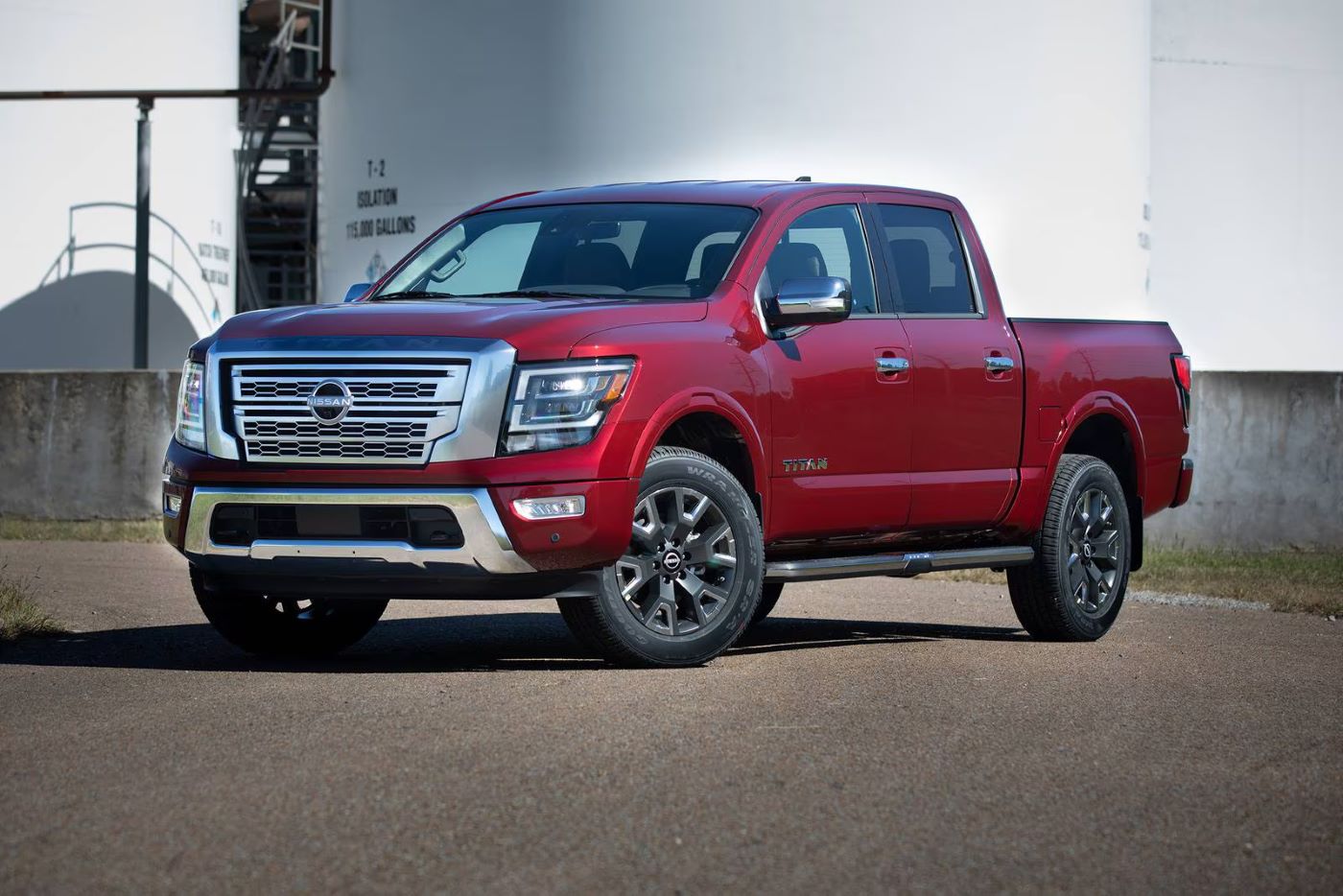
5. Nissan Titan XD (2016–2020)
The Nissan Titan XD stands out in the truck world because it straddles the line between half-ton and three-quarter-ton categories. Designed with a heavy-duty frame intended to support a diesel powertrain, the Titan XD’s structure was built with long-term strength in mind.
Unlike the standard Titan, the XD was engineered from the ground up to handle bigger payloads and towing demands. At the core of the Titan XD’s strength is its fully boxed ladder frame.
It was developed using high-tensile steel and designed with wider frame rails than the regular Titan. The result is significantly greater stiffness and durability. This design allows the Titan XD to resist flexing and body fatigue, even when carrying heavier loads or traversing uneven terrain.
The XD also benefits from enhanced corrosion protection from the factory. Nissan applied thicker undercoating, better seam sealing, and tighter weld tolerances to minimize areas where salt or water could collect.
While not immune to rust, these improvements make the XD much more resistant to frame degradation than many of its competitors in the same price bracket.
Because the Titan XD was aimed at buyers who needed more capability than a half-ton could offer — but didn’t want to jump into a full HD platform — it was often purchased by drivers who used it for real work: hauling tools, trailers, and building supplies. Despite that usage, the truck’s frame has proven to be extremely resilient and structurally sound over time.
Though the Titan XD has been discontinued, it remains a strong contender in the used truck market for those looking for an overbuilt frame in a relatively affordable package. If you find one with clean underbody conditions, you’re looking at a truck that’s structurally built to go the distance.
5 Trucks That Rust to Pieces
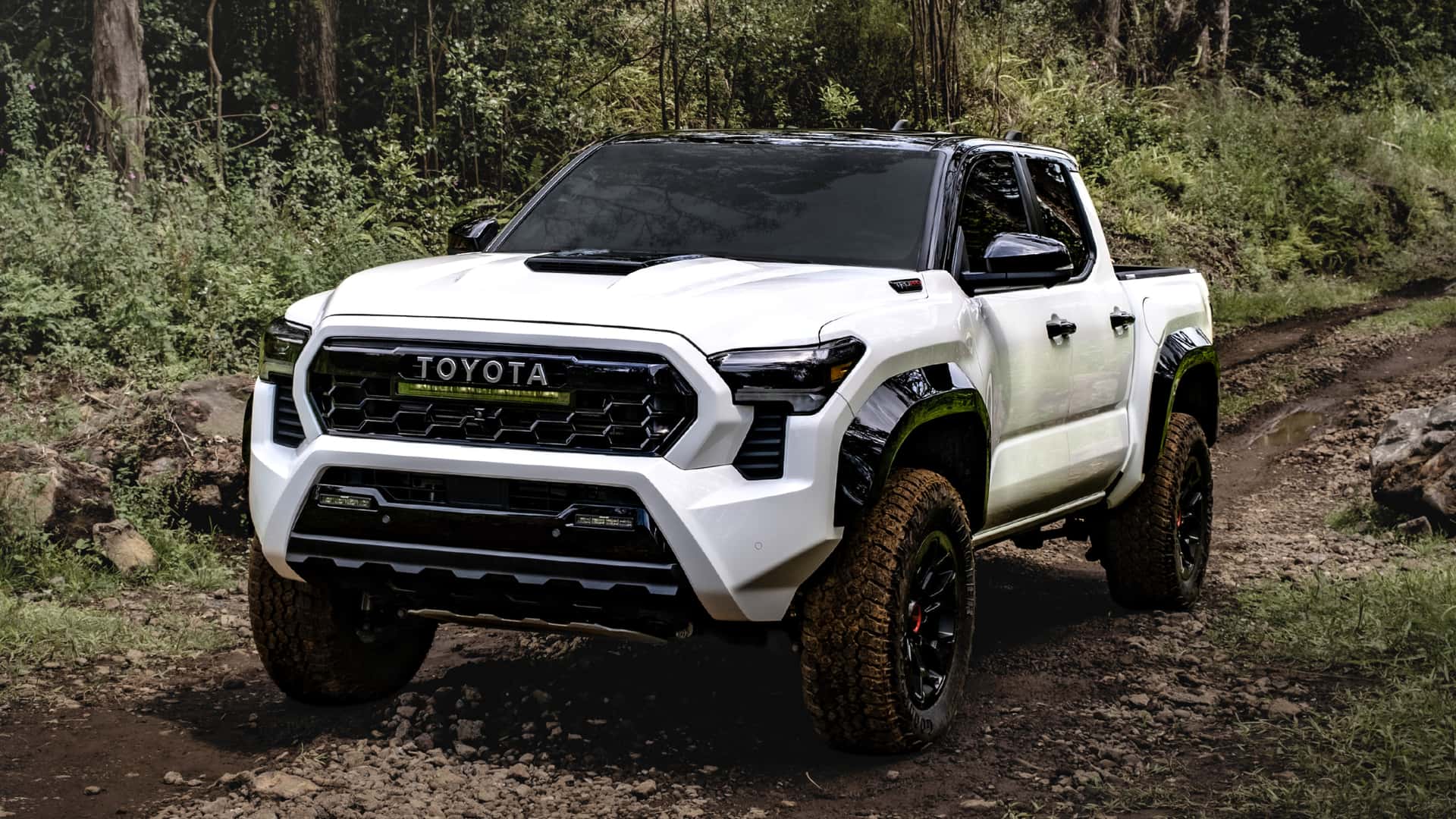
1. Toyota Tacoma (2005–2010)
Despite Toyota’s well-earned reputation for building long-lasting vehicles, the 2005–2010 Tacoma stands out as a glaring exception, not because of its engine or transmission, but because of its highly rust-prone frame.
This generation of Tacoma was at the center of one of the largest frame rust recalls in the automotive world. Toyota acknowledged that the frames on these trucks were inadequately treated for corrosion resistance, especially in snowy or coastal climates.
The problem wasn’t just surface rust. These frames had deep internal corrosion that often began from the inside and worked its way out. Because of poor drainage design and insufficient factory coating, road salt and moisture could collect inside frame cavities and sit for months, accelerating rust to dangerous levels.
In many cases, the frame would rust through entirely, compromising suspension mounts, fuel tank brackets, and even the ability to safely tow or carry loads. Owners in northern states often reported chunks of rusted frame falling off while driving or during maintenance.
Many trucks that otherwise ran perfectly fine had to be junked or underwent extremely costly frame replacements, which Toyota eventually offered under a “Customer Support Program.” That said, not all trucks were treated in time, and thousands of them remain on the used market in questionable condition.
A key issue is that even relatively clean-looking Tacomas can harbor frame rot that’s not immediately visible. The internal rust often hides beneath the undercoating or paint until it reaches a critical stage. For buyers, this makes evaluating a 2005–2010 Tacoma particularly risky unless full documentation of frame replacement is available.
Despite the Tacoma’s strengths in nearly every other department, including drivetrain longevity and off-road capability, this generation is best avoided unless you’re absolutely sure the frame has been replaced or properly treated. Otherwise, you may find yourself with a beautiful-looking truck that collapses from beneath.
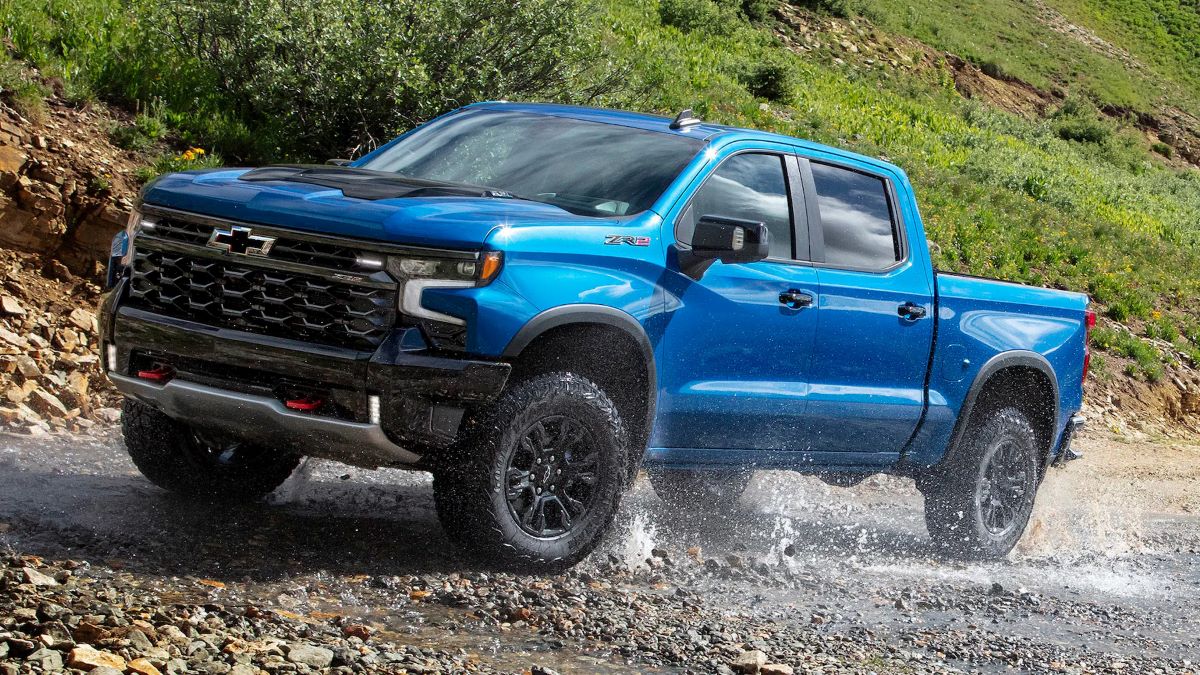
2. Chevrolet Silverado / GMC Sierra (1999–2007)
The GMT800-generation Chevrolet Silverado and GMC Sierra pickups were immensely popular for their strong engines and smooth ride, but unfortunately, they were also some of the worst offenders when it comes to frame and underbody rust.
Trucks from the 1999 to 2007 era are particularly notorious for developing severe frame corrosion, often making them structurally unsound before reaching high mileage.
These frames were primarily made from mild steel and featured open C-channel designs, which made them highly vulnerable to rust. Road debris, snow, and salt would easily collect in key spots, such as the rear frame rails and crossmembers. Once rust took hold, it spread rapidly, weakening suspension mounting points and compromising safety.
Brake and fuel lines, also unprotected and routed along the frame, were especially prone to rusting out, often leading to dangerous failures on the road.
Even trucks that had their exteriors meticulously cleaned suffered from hidden frame rust in areas that were difficult to access without lifting the truck or removing components like the bed or rear bumper.
The frustrating part is that the rest of the truck — engine, transmission, and interior — often aged well. Many of these trucks were scrapped purely because the frames couldn’t be safely repaired. And while some owners attempted welding patches, this was only a temporary fix, and usually not advisable given the critical nature of those structural areas.
For anyone shopping in the used market, the GMT800 generation offers affordability and simplicity, but also a very real risk of buying a time bomb. Thorough inspections and professional frame evaluations are essential if you’re considering one of these once-great but rust-plagued pickups.
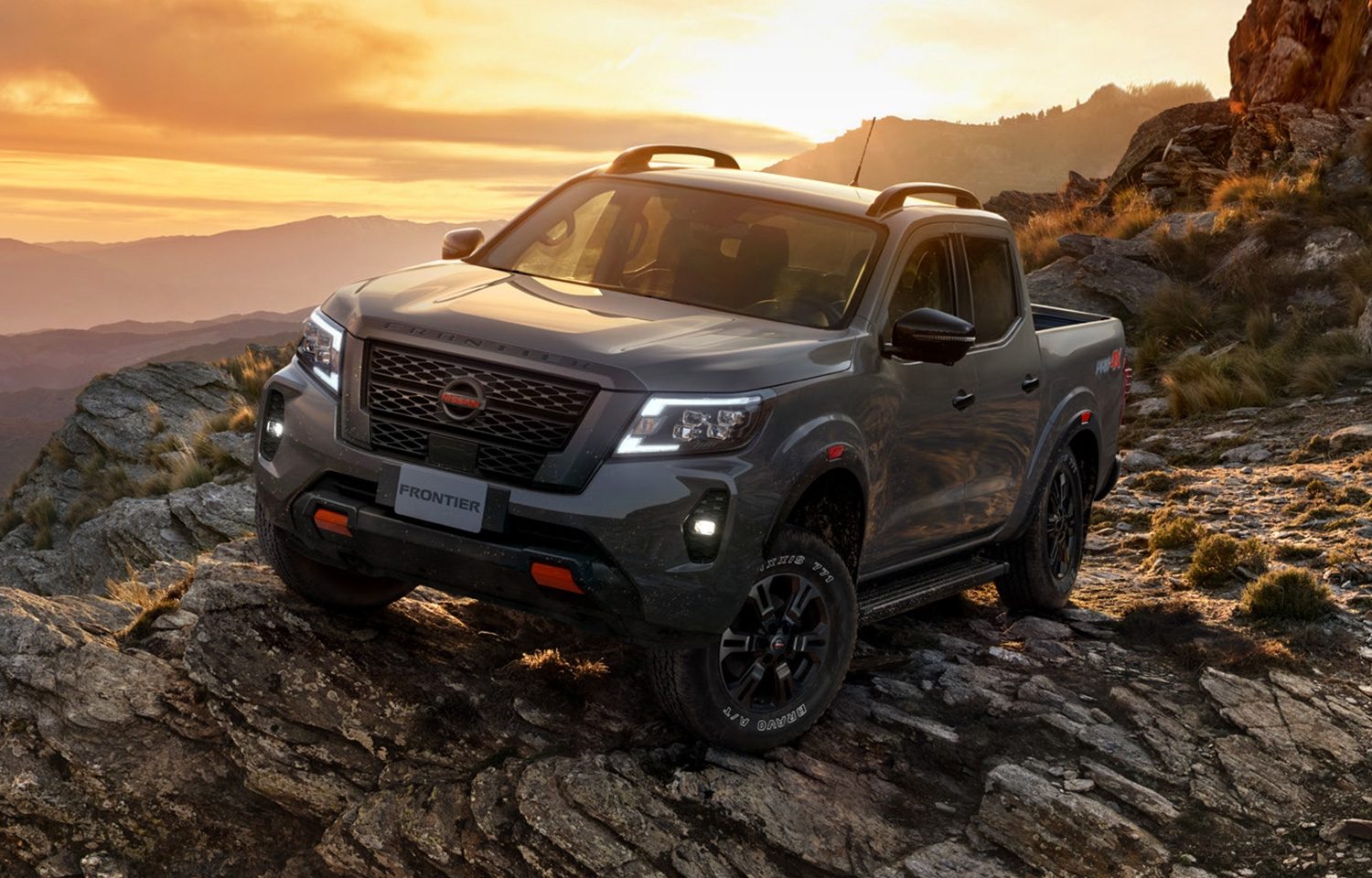
3. Nissan Frontier (1998–2004)
The first-generation Nissan Frontier is often praised for its compact size and easy-to-maintain powertrain. Unfortunately, it’s equally known for being a rust bucket, particularly in northern regions.
Unlike its more rugged second-generation successor, the earlier Frontier suffered from poor frame coatings and flawed engineering that allowed water and grime to sit in key structural areas.
One of the most commonly reported issues was rust at the rear leaf spring shackles and frame rails. In many cases, the rust was so advanced that the suspension could collapse or detach while driving. The damage wasn’t always visible from a quick inspection either, often requiring a mechanic to tap or scrape at the frame to reveal just how deep the rust had gone.
The trouble was compounded by poor seam sealing and factory welds that let moisture seep into the hollow portions of the frame. Once inside, water would sit and freeze during winter, expanding and cracking the steel from within. Owners often didn’t realize the severity until it was too late — or until the truck failed a state safety inspection.
Adding to the issue was the relatively low resale value of these trucks, which meant most owners were unwilling to invest in frame repairs or reinforcement. As a result, many ended up in junkyards while the engine and transmission were still in decent shape.
If you live in a rust-prone area and come across a cheap Frontier from this generation, proceed with caution. The odds are good that any “deal” is hiding significant frame deterioration beneath the surface.
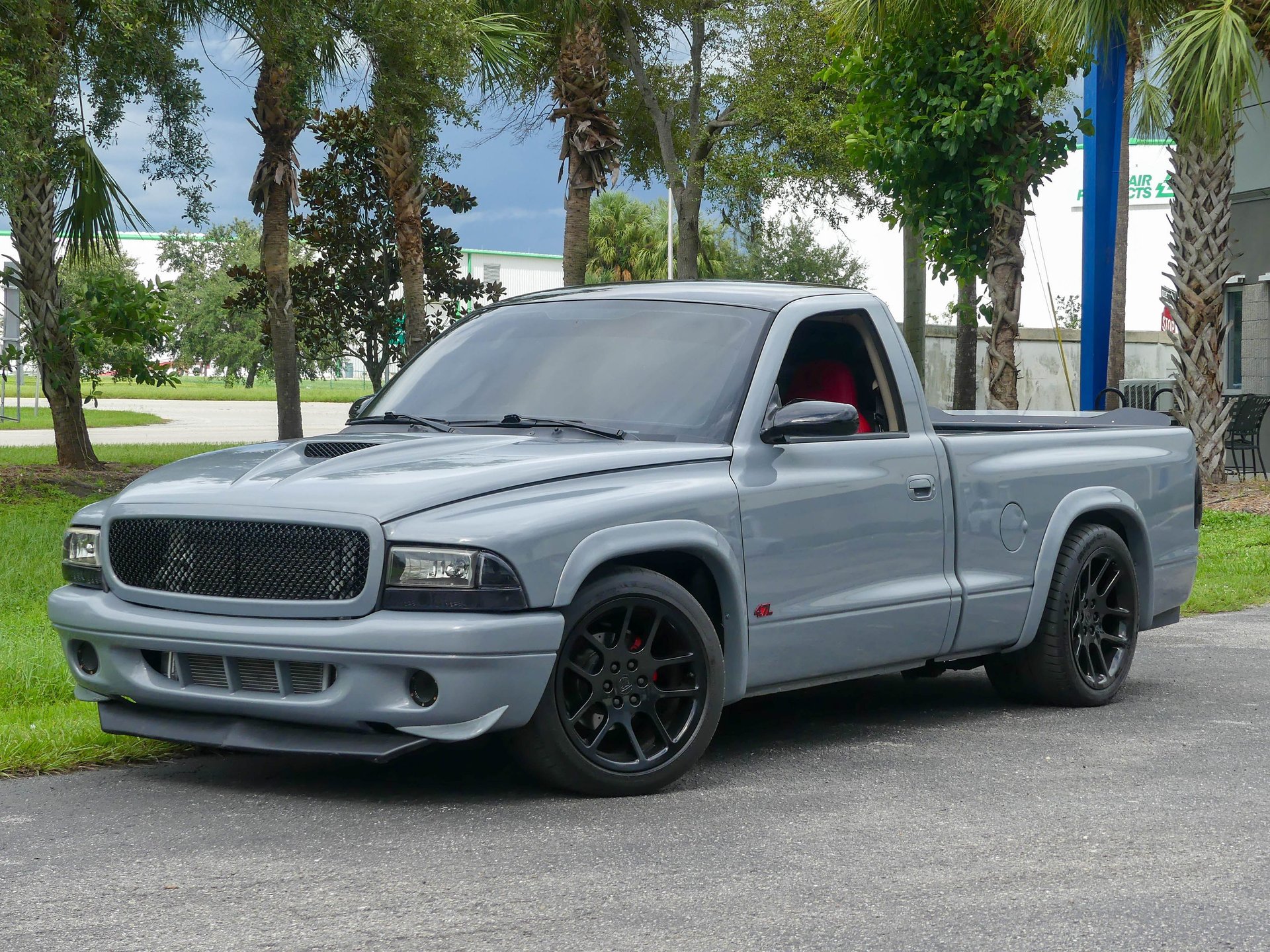
4. Dodge Dakota (1997–2004)
The Dodge Dakota was a standout in the midsize truck world due to its available V8 power and strong towing capability, but it came with a major Achilles heel: rust. Models from 1997 to 2004 were particularly bad, especially in the northern U.S. and Canada.
Rust often formed around the rear frame rails, shock mounts, and leaf spring hangers, compromising both ride quality and safety. One of the problems with the Dakota’s frame was its design.
The C-channel frame was not only vulnerable to water collection but also lacked effective factory rustproofing. There was minimal effort made to seal seams or apply underbody coatings in critical spots, leaving the steel to fend for itself in wet and salty conditions.
The corrosion didn’t stop at the frame, either. Cab mounts, floor pans, and fuel line brackets also rusted out with alarming frequency. As a result, Dakotas of this era often had multiple structural issues all at once, making comprehensive repair more expensive than the truck was worth.
Many Dakota owners reported sudden frame cracks or major rust holes forming in areas like the rear axle support. While these issues could theoretically be fixed with extensive welding, the cost and effort usually outweighed the benefit, especially considering that the rest of the truck aged poorly in terms of electronics and trim durability.
For a while, the Dakota looked like a solid alternative to compact trucks like the Ranger or S-10. But over time, its susceptibility to rust, particularly in the frame, meant that most of these trucks disappeared from the roads faster than expected. Today, finding a rust-free Dakota from this era is rare, and keeping one in good shape is a constant battle.
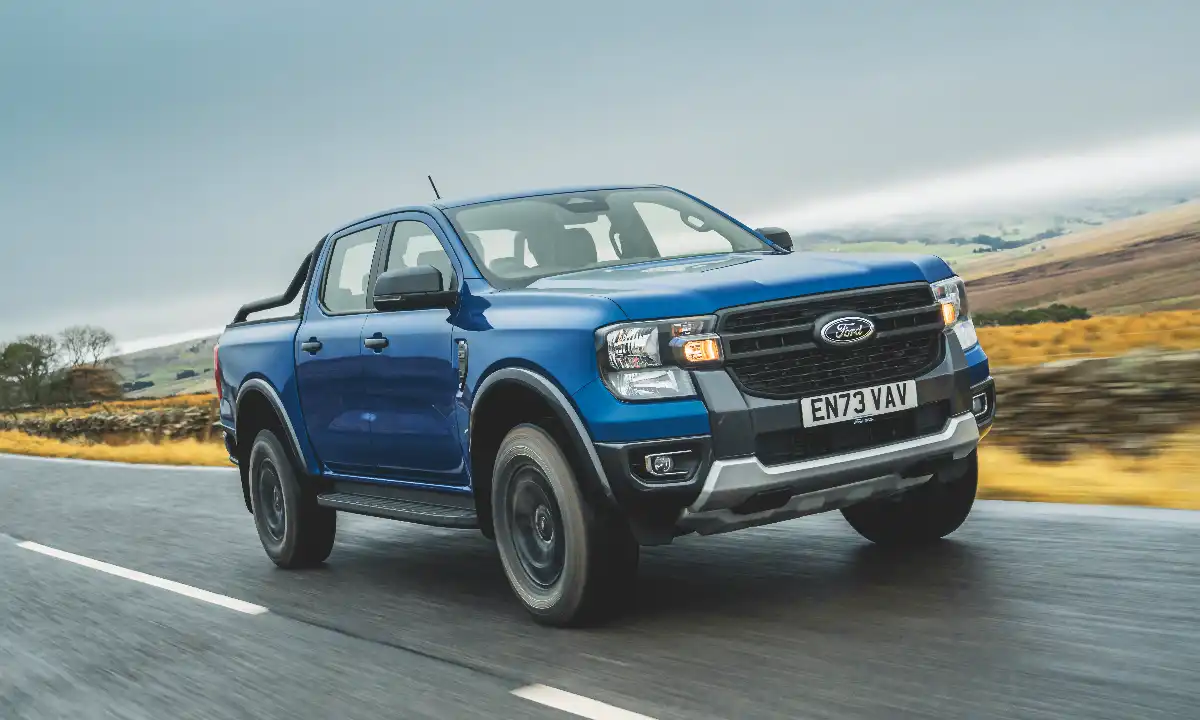
5. Ford Ranger (1998–2011)
The Ford Ranger of this era is a beloved classic, especially among budget-minded drivers and DIY mechanics. Its compact size, decent towing ability, and low cost of ownership made it a favorite.
But there’s one big problem with these otherwise practical trucks: the frames rust badly. Rangers built between 1998 and 2011 were infamous for corrosion issues that often developed faster than owners anticipated.
One of the most dangerous frame-related problems involved the rear frame rails, which were susceptible to rusting from the inside out. Water and salt would get trapped above the spare tire, causing both the tire mount and surrounding structure to corrode.
In severe cases, spare tires would fall off the truck while driving, or worse, suspension components would detach from the frame. Part of the blame lies in the frame design, which didn’t provide adequate drainage.
Ford also skimped on protective coatings during this era, making matters worse for drivers in snowy climates. Even trucks that were regularly washed could develop structural rust because of how the frame trapped moisture.
Numerous safety bulletins were issued over the years for rust-related problems on the Ranger, and while Ford did eventually improve the frame in later production years, the damage was already done to the model’s reputation. Some areas of the country even began inspecting Ranger frames specifically during state safety checks, because of how widespread the rust issues were.
The Ranger may still be a fun, cheap, and useful truck, but buyers should be very cautious. If the truck has seen any significant winter driving and hasn’t been rust-proofed or undercoated, odds are the frame is compromised, even if everything else seems fine.
Also Read: Top Engines That Outlived the Brands That Made Them
When it comes to the long-term viability of a pickup truck, the condition and quality of its frame can be the defining factor between a lasting investment and a financial disaster. While powertrains and interiors are often more talked about, a compromised frame can end a truck’s life faster than a blown engine.
It’s the skeleton of the vehicle, holding together the suspension, drivetrain, and body — and once it begins to rust or break down, there are very few cost-effective fixes. As this article has shown, not all frames are created equal, and knowing the difference can save you thousands of dollars and years of frustration.
Trucks like the Toyota Tacoma (post-2011), Ford Super Duty, and Ram HD models have earned their reputation for frame strength because of their robust engineering and smart anti-corrosion design. These vehicles are trusted by contractors, farmers, adventurers, and everyday drivers alike to hold up under punishing conditions.
Whether it’s plowing through snow, towing over long distances, or handling off-road abuse, the frames of these trucks were built with longevity in mind. With regular maintenance and basic protective measures like undercoating and washing, they can stay structurally sound for decades.
On the flip side, popular models like the early-2000s Tacoma, GMT800 Silverado, and first-generation Nissan Frontier serve as cautionary tales. Despite their performance, features, or styling, these trucks often fell victim to weak rust protection, poor drainage design, and insufficient sealing.
As a result, thousands of otherwise well-maintained trucks have been scrapped or deemed unsafe due to frame degradation. It’s a painful reminder that no matter how good a truck looks or runs, rust doesn’t discriminate — and once it eats away at the frame, repairs are often impractical or impossible.
For used truck buyers, this knowledge is power. A thorough inspection, especially underneath the vehicle, is essential. Look for flaking rust, swelling around welds, soft metal near mounting points, and especially any areas that appear patched or welded — these may indicate previous or ongoing structural issues.
If you’re unsure, always bring in a professional to check the frame before committing. A great deal on a used truck can quickly turn sour if it hides frame rot beneath the surface.
Ultimately, a truck’s lifespan is dictated as much by what’s underneath as by what’s under the hood. Choosing a model with a well-engineered, corrosion-resistant frame is one of the smartest decisions you can make. It means your vehicle can grow with you through job changes, family moves, adventures, or even a second or third life as a hand-me-down.
Whether you’re buying new or used, keep the frame top of mind. Because when it comes to trucks, it’s not just the engine that keeps them running — it’s the bones that keep them alive.

